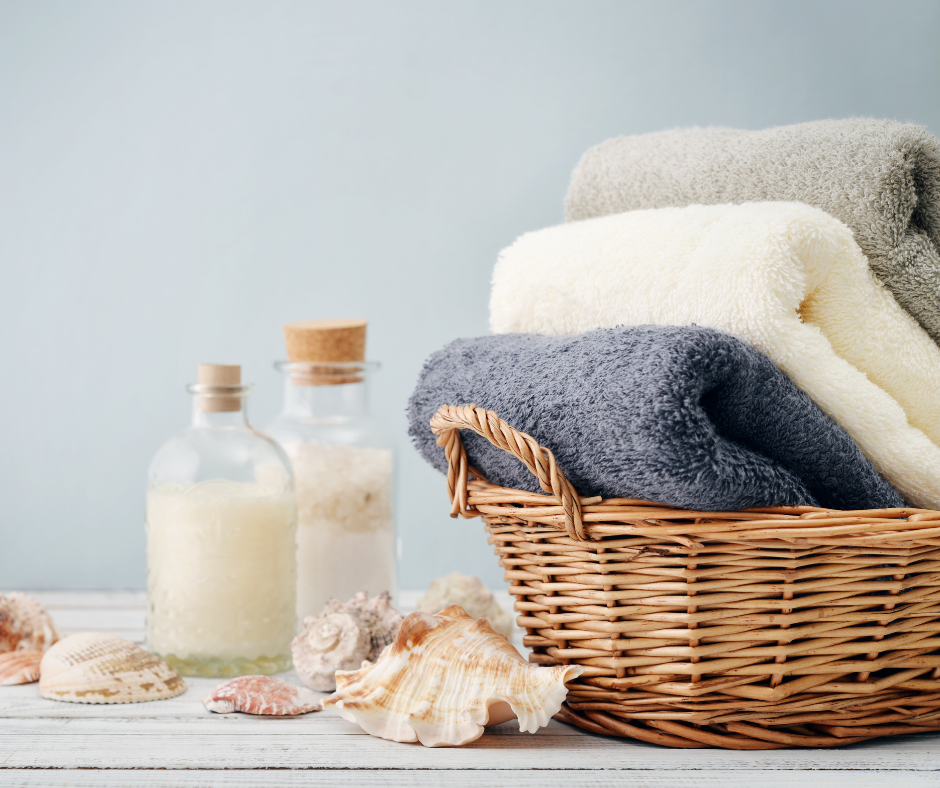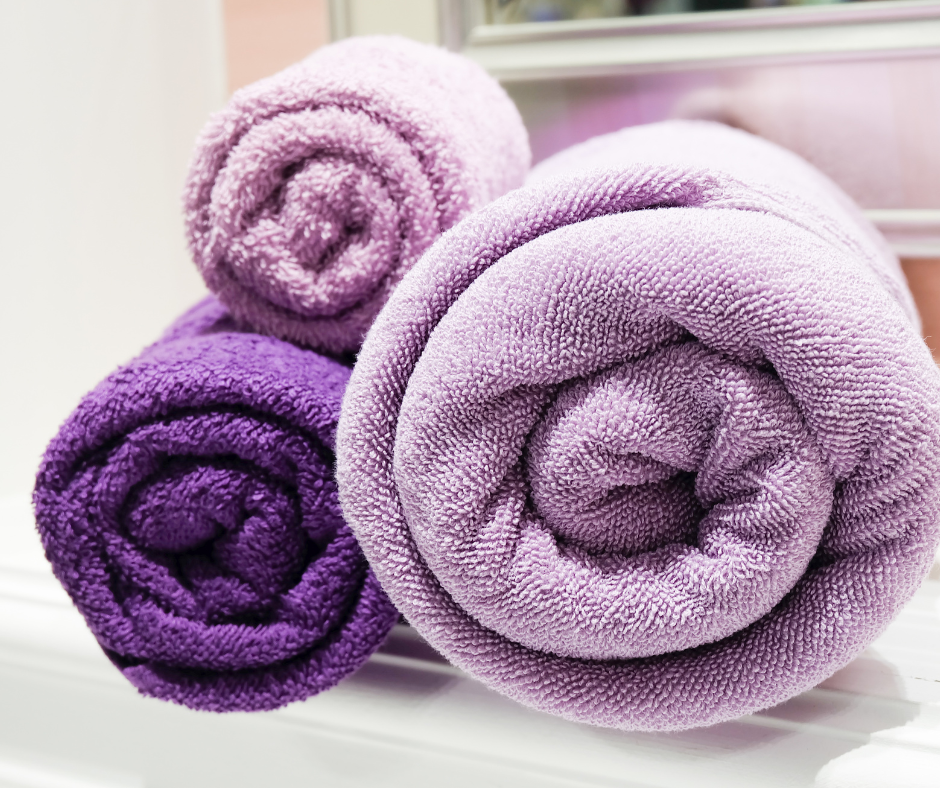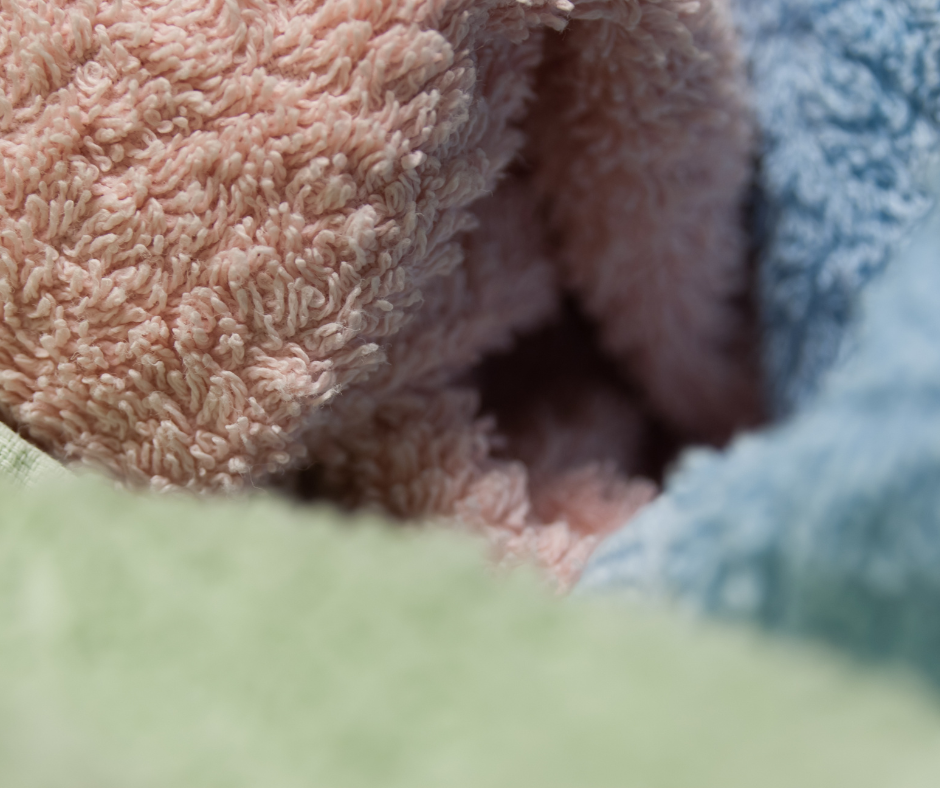Your average bath towel isn’t all that heavy until it absorbs a bunch of water. When that happens, a fairly light bathroom item can get heavy in a hurry.
Just how heavy it gets will depend on how much water it absorbs. Its absorption abilities depend on things like what the towel is made from and how it is woven. Some towels absorb more water and get heavier. Some towels stay pretty light.
A towel’s wet weight is probably not the most important factor in buying a new set, but it’s something to keep in mind because it often goes hand-in-hand with how absorbent it is.
In This Article We'll Discuss
How Much Does a Wet Towel Weigh?

Asking how much a wet towel weighs might sound like a simple question. Most of us put very little thought into our towels and know that they’re heavier when wet. The answer, however, isn’t actually all that simple.
The answer will directly relate to how much water the towel has absorbed. While most towels weigh almost the same when dry, the amount of water they pick up when in use determines how much heavier they get.
Two things directly affect how much water a towel will absorb— size and materials.
Bigger towels will, on average, absorb more water than smaller towels. That just makes sense. Bigger means more. So, a full-sized beach towel that is wet will weigh more than a wet face towel.
Cotton and rayon are among the most absorbent materials towels are made from. Expect a cotton towel, especially one made into terrycloth, to weigh a lot more when wet than a towel made of microfiber.
Finally, keep in mind that there are different levels of wet. There is a big difference between how wet a towel is after you use it in the shower and one that’s completely soaked. After showering, the towel will absorb water from your skin, so it will be heavier than when dry. But, it’s also not waterlogged like it’d be if you put it down to soak up water sloshing from the tub.
Which Towel Materials Weigh the Most and the Least When Wet?

For the most part, the more absorbent the material is, the heavier it will get when wet. The reason is simple. While towel materials are relatively light, water is heavy. A gallon of it weighs 8.3 pounds.
You won’t be able to mop up a full gallon of water with a towel, but that just tells you how much heavier water is than a regular dry towel.
Cotton is the most absorbent material used to make towels. So, a cotton towel will weigh the heaviest when wet. On the other hand, a microfiber towel, popular with travelers, dries quickly because it absorbs much less water. So, it weighs less when wet.
For the most part, natural fibers are more absorbent than synthetic ones. One exception is rayon, which can trap quite a bit of water.
Does Towel Weave Impact How Much Water It Retains?

Absorbency isn’t just a matter of what materials a towel is made from. How the towel is woven will go a long way to influence that. A towel with a lot of loose ends holds much more water than a towel that is tightly knit.
Towel density is measured in grams per meter (GSM). The higher the GSM, the higher the density, which means more fibers available to soak up and hold water. The lower this measurement, the fewer there are.
In addition, certain kinds of weaves will contribute to higher levels of absorbency. These weaves— called pile fabrics— make these types of towels stand out. They make it feel softer and they also absorb more water.
A perfect example is terrycloth, which consists of strands of yarn that form small loops while standing away from the towel’s surface. Terrycloth is most commonly used for towels and bathrobes, and it’s well-known for being very soft and very absorbent.
What Are the Pros and Cons of a High Absorbency Towel?

With every upside, there’s a downside. So, before you pay a lot of money for towels that can hold a lot of water, you’ll want to know their pros and cons.
The most obvious plus is that high-absorbency towels can hold a lot of water. They’ll soak up all the water off your body, leaving you feeling clean. And, if you slosh some water from the tub, they can get that up, too.
Towels that can soak up a lot of water also tend to be softer on the skin. That’s because they frequently are made from natural materials, like cotton. They also tend to be woven in ways that make them feel softer.
On the other hand, because they absorb more water, it takes longer for them to dry out. It also makes them heavier than towels that absorb less water. Once dry, they also take up a bit more space.
Travelers, on the other hand, like towels that absorb less water. These towels, often made from microfiber, take up less room in a travel bag, are easier to fold, and dry out more quickly.
Finally, the highest-quality bath towels are made from luxurious Egyptian and Turkish cotton. These dense-fiber towels might feel like a little slice of Heaven against your skin, but that comes at a stiff price.
Conclusion
The question of how much a wet towel weighs will depend on how much water it absorbs. The bigger the towel, the more it will absorb. Also, natural fibers like cotton will absorb more than synthetics, like microfiber.
It doesn’t end there, however. The way the towel is woven and the density of the fibers will also determine how much water a towel can absorb. The more water it absorbs, the heavier it will be. And, of course, the more water a towel can absorb, the longer it will take to dry.
The question of how much a wet towel weighs might be a bit more complicated than you thought, but knowing some basics should help. If you feel this article was informative, leave us a comment below. You can also share this article on your social media networks.

